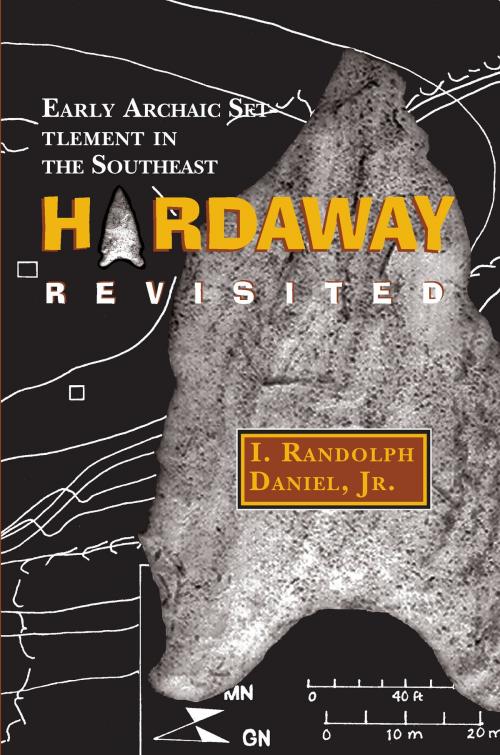Hardaway Revisited
Early Archaic Settlement in the Southeast
Nonfiction, History, Americas, United States, State & Local, Social & Cultural Studies, Social Science, Archaeology| Author: | I. Randolph Daniel | ISBN: | 9780817383091 |
| Publisher: | University of Alabama Press | Publication: | July 25, 2015 |
| Imprint: | University Alabama Press | Language: | English |
| Author: | I. Randolph Daniel |
| ISBN: | 9780817383091 |
| Publisher: | University of Alabama Press |
| Publication: | July 25, 2015 |
| Imprint: | University Alabama Press |
| Language: | English |
This provocative reanalysis of one of the most famous Early Archaic archaeological sites in the southeastern United States provides a new model for understanding prehistoric settlement patterns.
Since the early 1970s, southeastern archaeologists have focused their attention on identifying the function of prehistoric sites and settlement
practices during the Early Archaic period (ca. 9,000-10,500 B.P.). The Hardaway site in the North Carolina Piedmont, one of the most important
archaeological sites in eastern North America, has not yet figured notably in this research. Daniel's reanalysis of the Hardaway artifacts
provides a broad range of evidence—including stone tool morphology, intrasite distributions of artifacts, and regional distributions of stone
raw material types—that suggests that Hardaway played a unique role in Early Archaic settlement.
The Hardaway site functioned as a base camp where hunting and gathering groups lived for extended periods. From this camp they exploited nearby stone outcrops in the Uwharrie Mountains to replenish expended toolkits. Based on the results of this study, Daniel's new model proposes that settlement was conditioned less by the availability of food resources than by the limited distribution of high-quality knappable stone in the region. These results challenge the prevalent view of Early Archaic settlement that group movement was largely confined by the availability of food resources within major southeastern river valleys.
This provocative reanalysis of one of the most famous Early Archaic archaeological sites in the southeastern United States provides a new model for understanding prehistoric settlement patterns.
Since the early 1970s, southeastern archaeologists have focused their attention on identifying the function of prehistoric sites and settlement
practices during the Early Archaic period (ca. 9,000-10,500 B.P.). The Hardaway site in the North Carolina Piedmont, one of the most important
archaeological sites in eastern North America, has not yet figured notably in this research. Daniel's reanalysis of the Hardaway artifacts
provides a broad range of evidence—including stone tool morphology, intrasite distributions of artifacts, and regional distributions of stone
raw material types—that suggests that Hardaway played a unique role in Early Archaic settlement.
The Hardaway site functioned as a base camp where hunting and gathering groups lived for extended periods. From this camp they exploited nearby stone outcrops in the Uwharrie Mountains to replenish expended toolkits. Based on the results of this study, Daniel's new model proposes that settlement was conditioned less by the availability of food resources than by the limited distribution of high-quality knappable stone in the region. These results challenge the prevalent view of Early Archaic settlement that group movement was largely confined by the availability of food resources within major southeastern river valleys.















